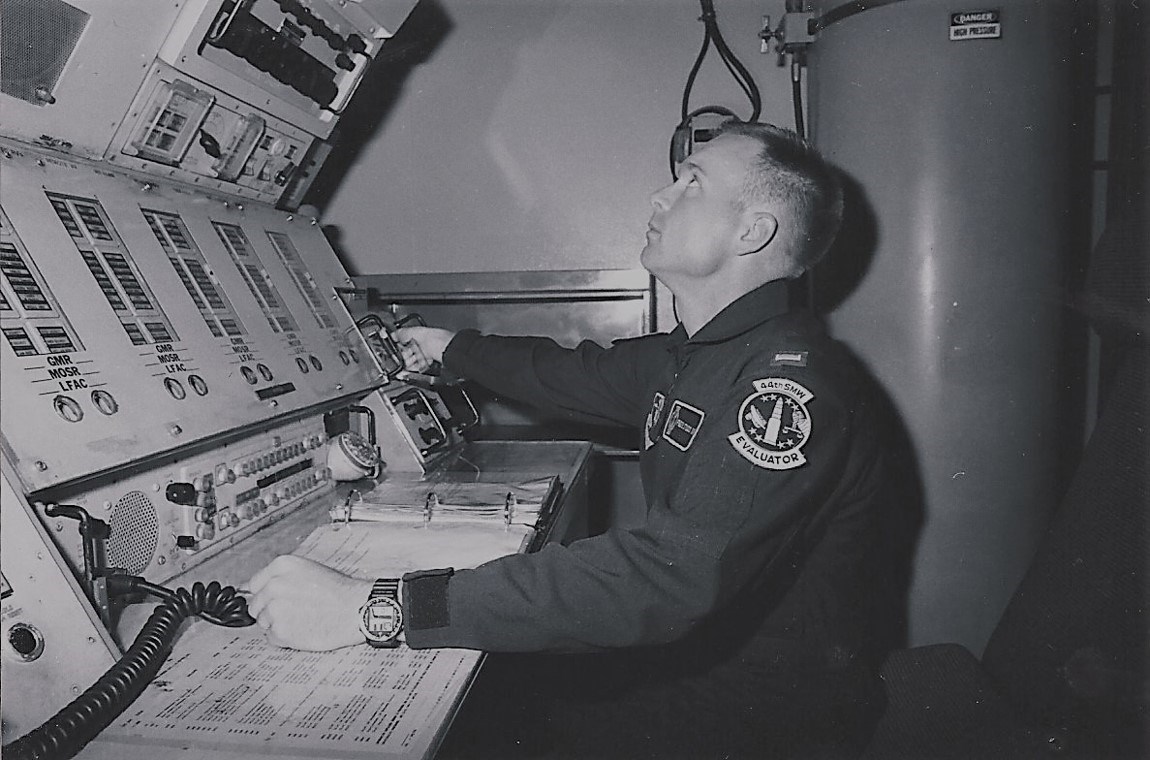Last updated: October 20, 2020
Article
Countdown to Doomsday

| Only one person could authorize a Minuteman missile launch: the President of the United States. As Commander in Chief of the Armed Services, the President could issue that order in response to an enemy attack. Warning of an attack would come from one of two sources: from early-warning satellites with infra-red sensors that could detect the engine heat of incoming missiles, or from ground-based, coastal radars that could discern submarine-launched missiles. The North American Aerospace Defense Command (NORAD) would then inform the President, who could execute the appropriate response. In the Delta One Launch Control Center (LCC), an alarm would have alerted the two-person missile crew of those directives. Immediately, over the speaker system, the launch control officers would hear a coded message, giving the command to launch. After verifying the message's authenticity, the launch officers would unlock a small, red, "Emergency War Order" safe above the deputy commander's control panel. Within the box were two launch keys. Each officer would take one key, and insert it into his or her control console. The missileers would then strap themselves into their console chairs and begin the final countdown. As the commanding officer called out the alphanumeric codes, the deputy commander would verify and repeat the message: "Bravo" . . . "Bravo" . . . "Alpha" . . . "Alpha" . . . "Lima' . . . "Lima" . . . |
| At the end of the countdown sequence, the officers would turn their launch keys. The Air Force employed several fail-safes to prevent an unauthorized missile launch. For example, both officers had to turn their launch keys in unison. Because the launch switches were 12 feet apart, it was impossible for one person to turn both keys at once. The final command to launch also required another "vote" from outside of Delta One—from either another LCC, or from an airborne command center. When the second vote came in, the LAUNCH IN PROCESS display would illuminate. Explosive gas generators would then push open the 80-ton launch doors covering the ten Delta Flight missile silos, and the nuclear-tipped Minutemen would begin streaking toward their targets half a world away. As each missile blasted from its silo, its upper umbilical cable would sever, triggering the MISSILE AWAY light on the commander's control panel. In less than five minutes, the Delta One missileers would have completed their mission. The Minuteman missiles would take another half hour to reach their targets. |
